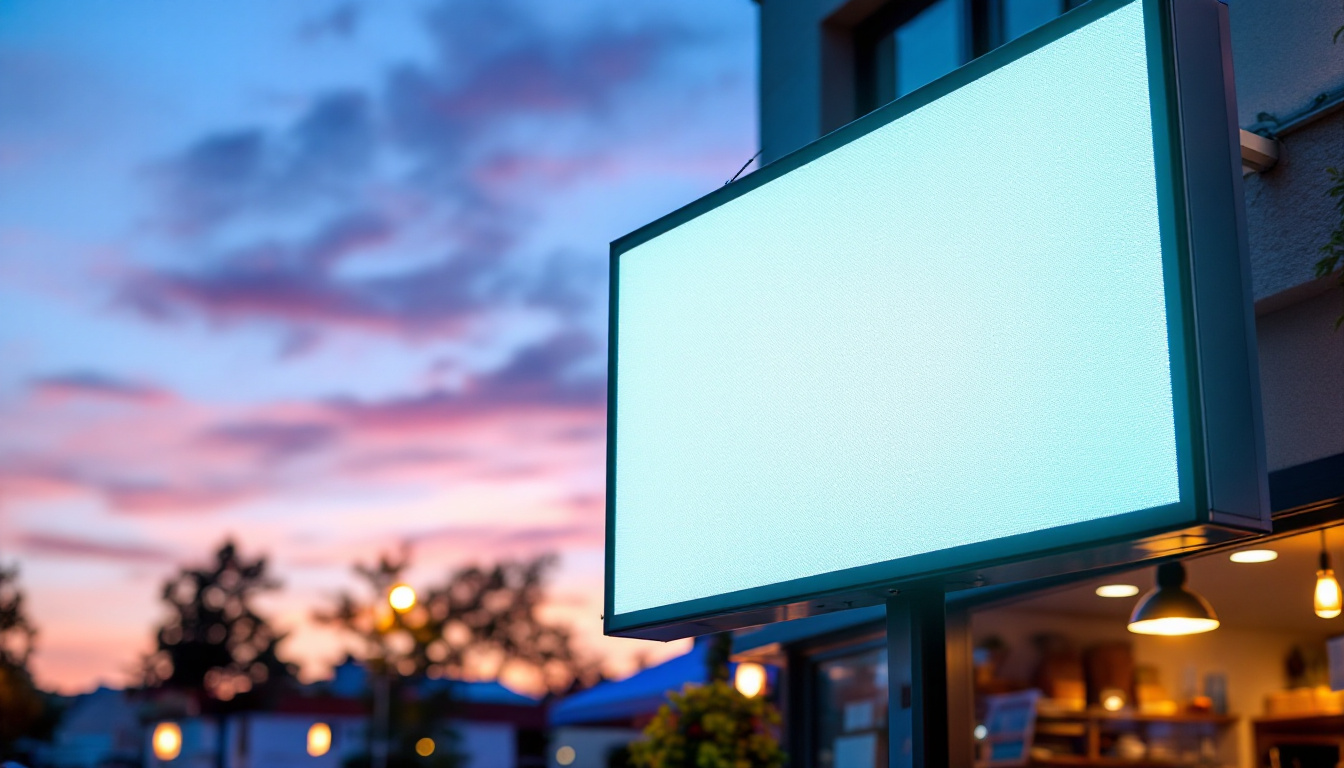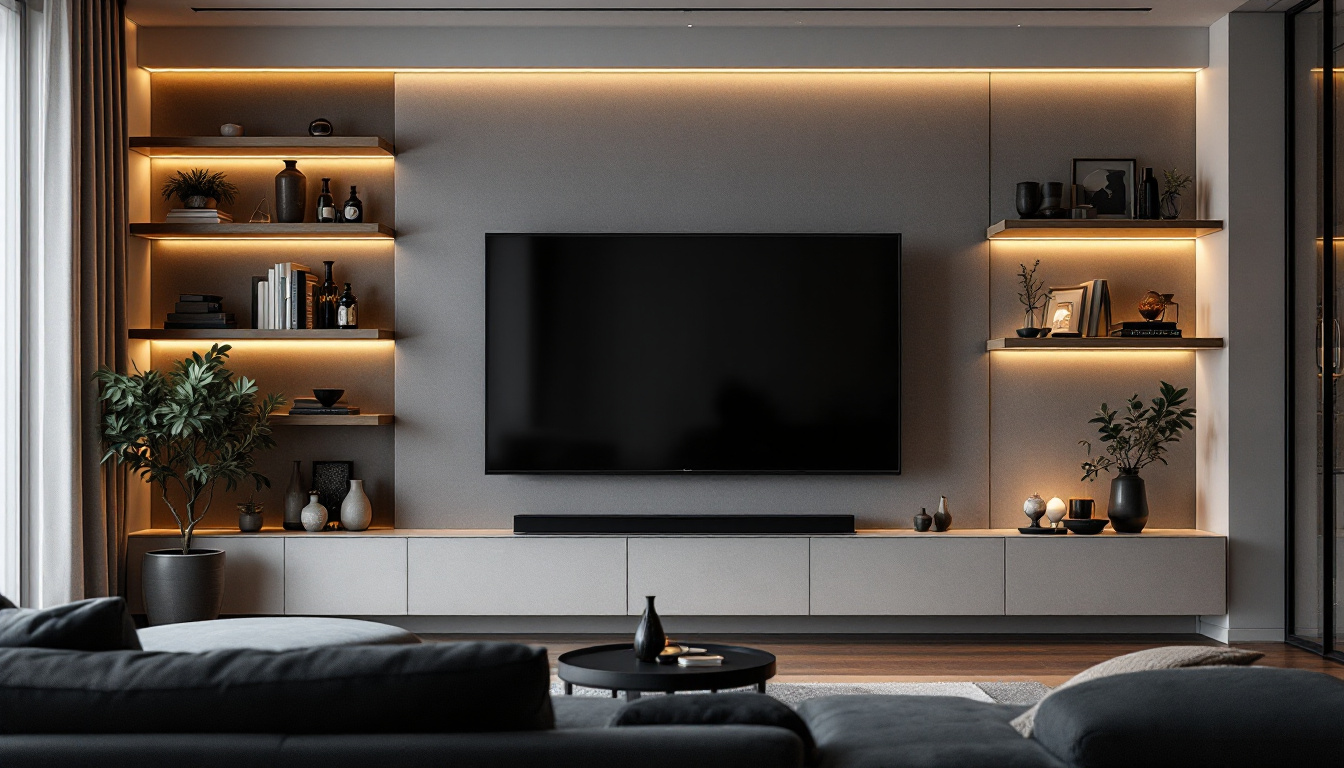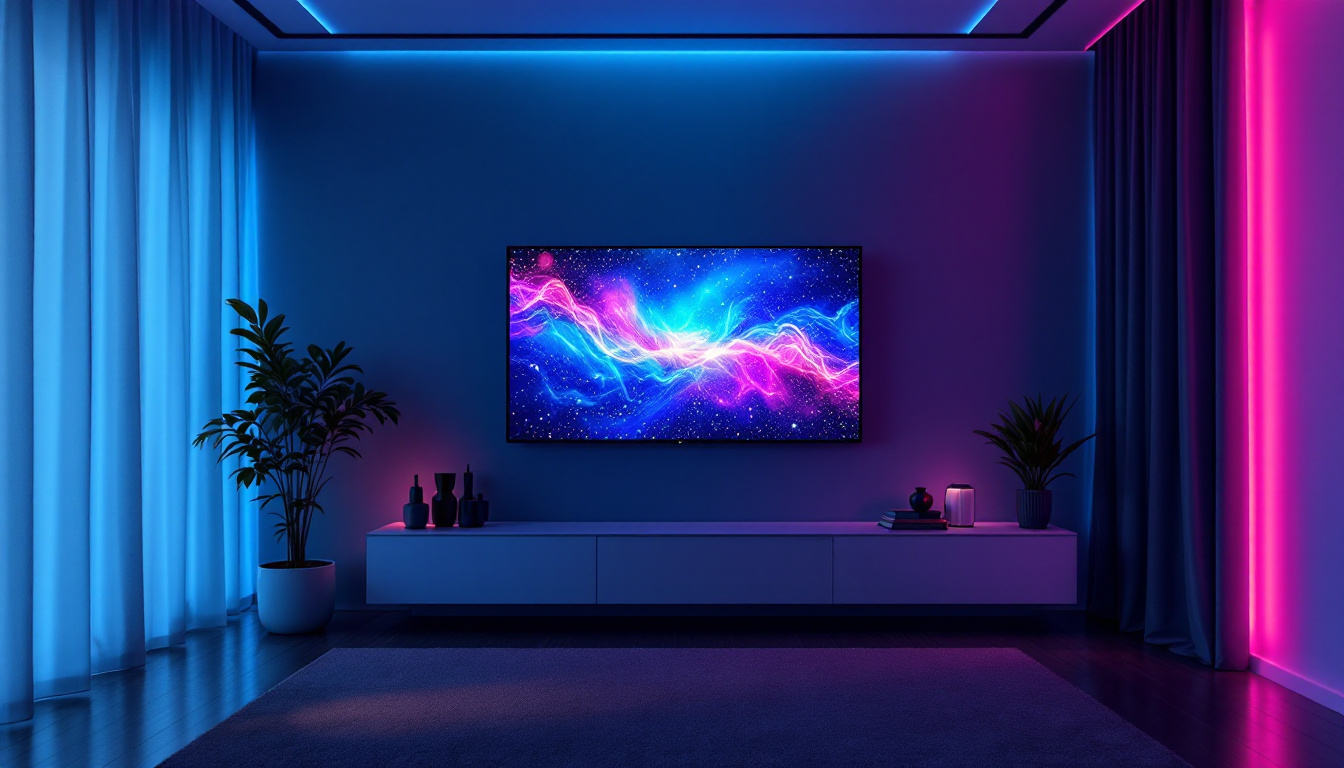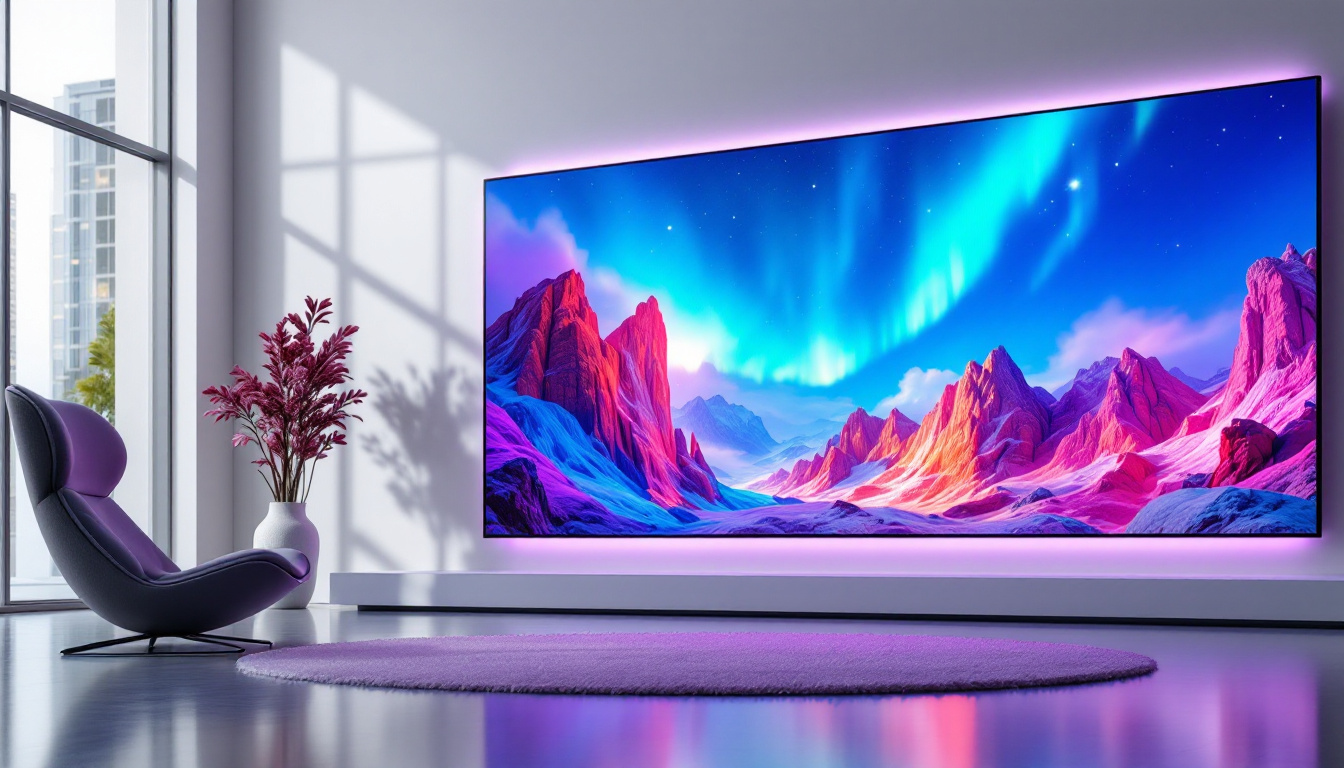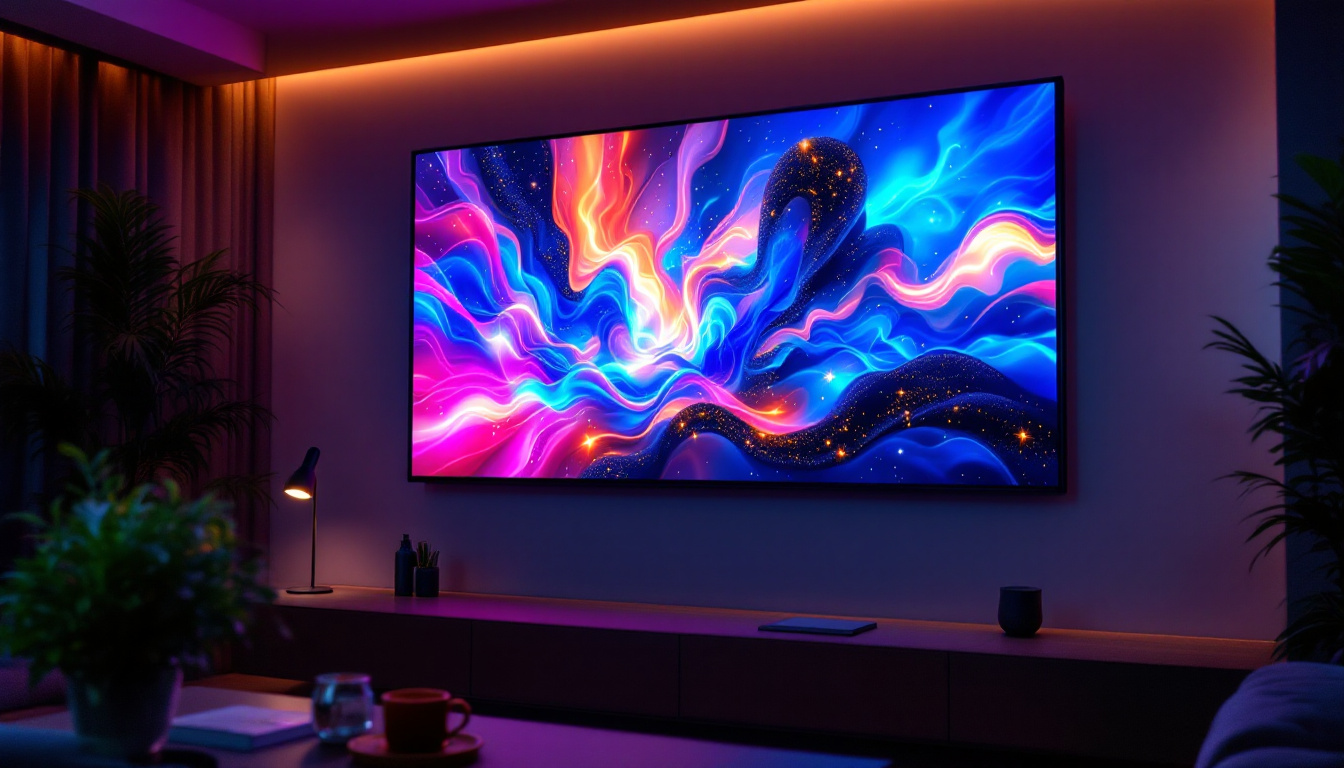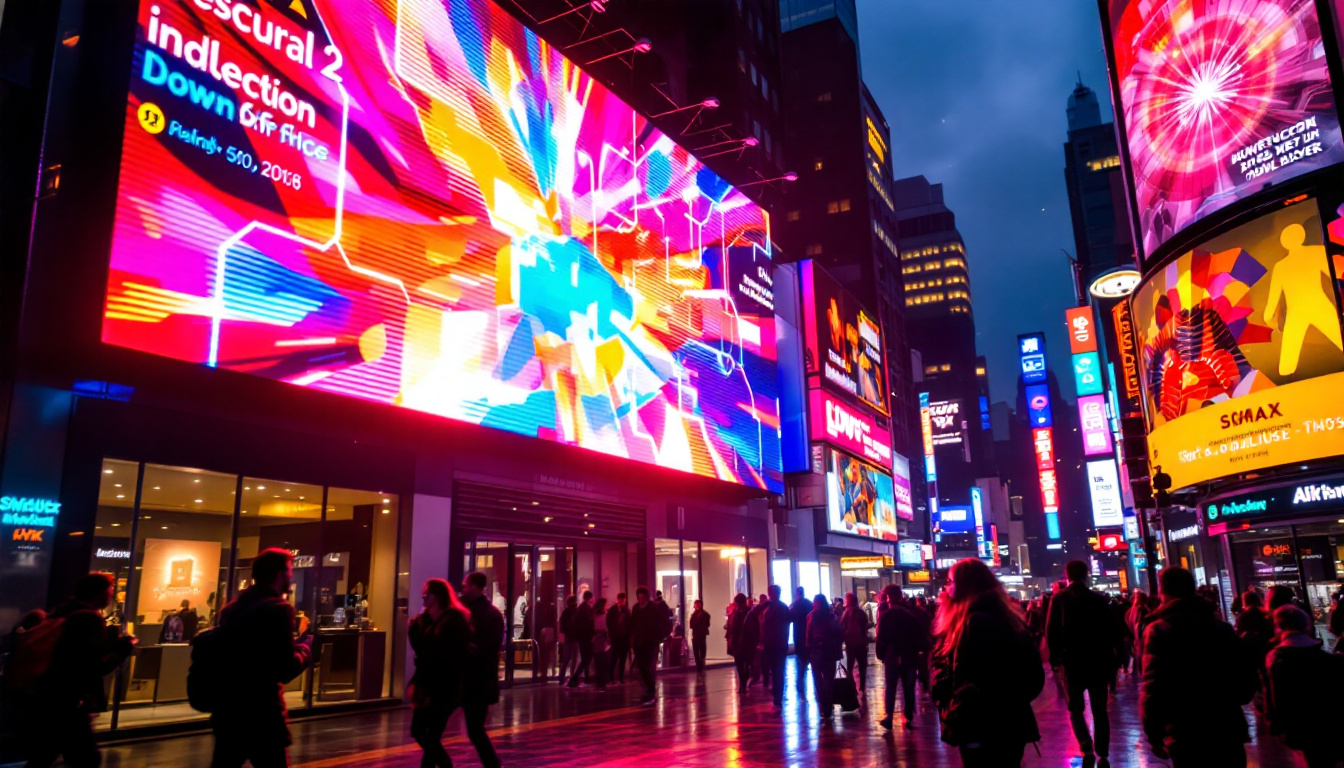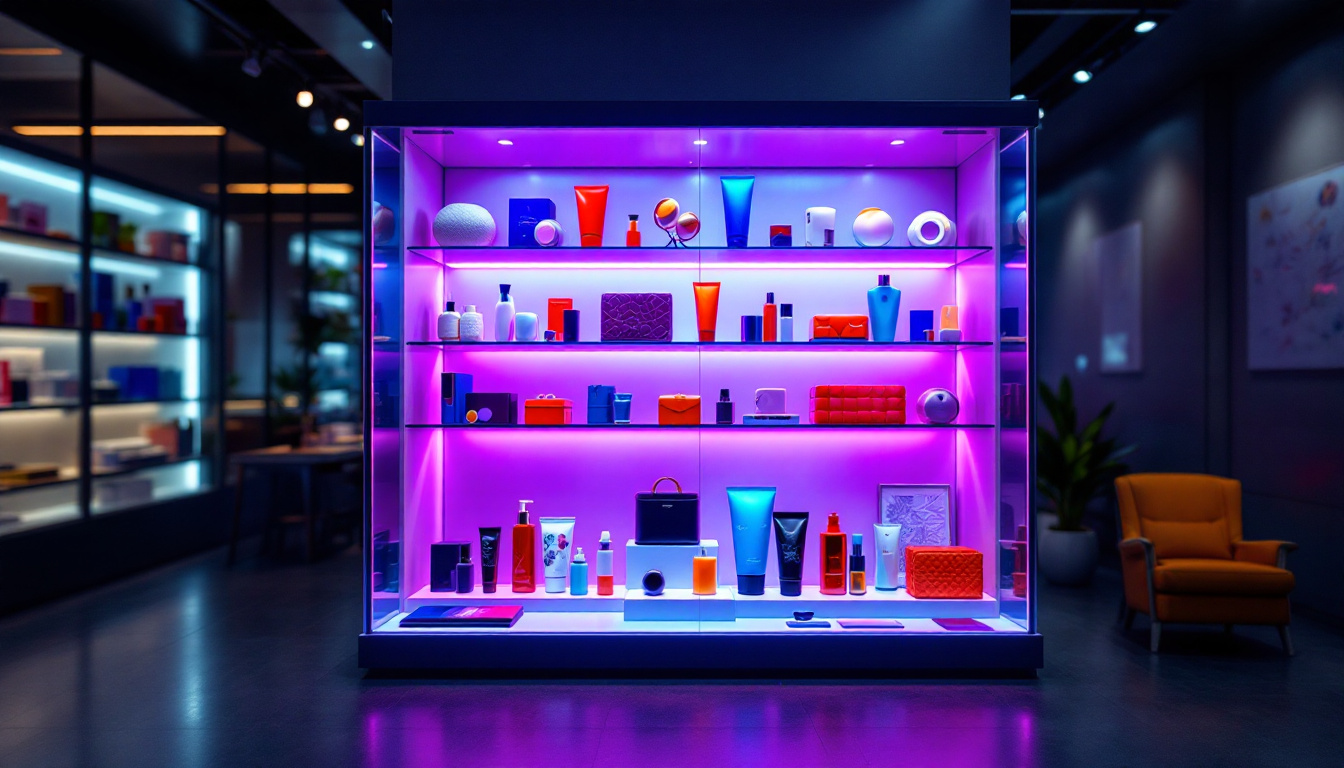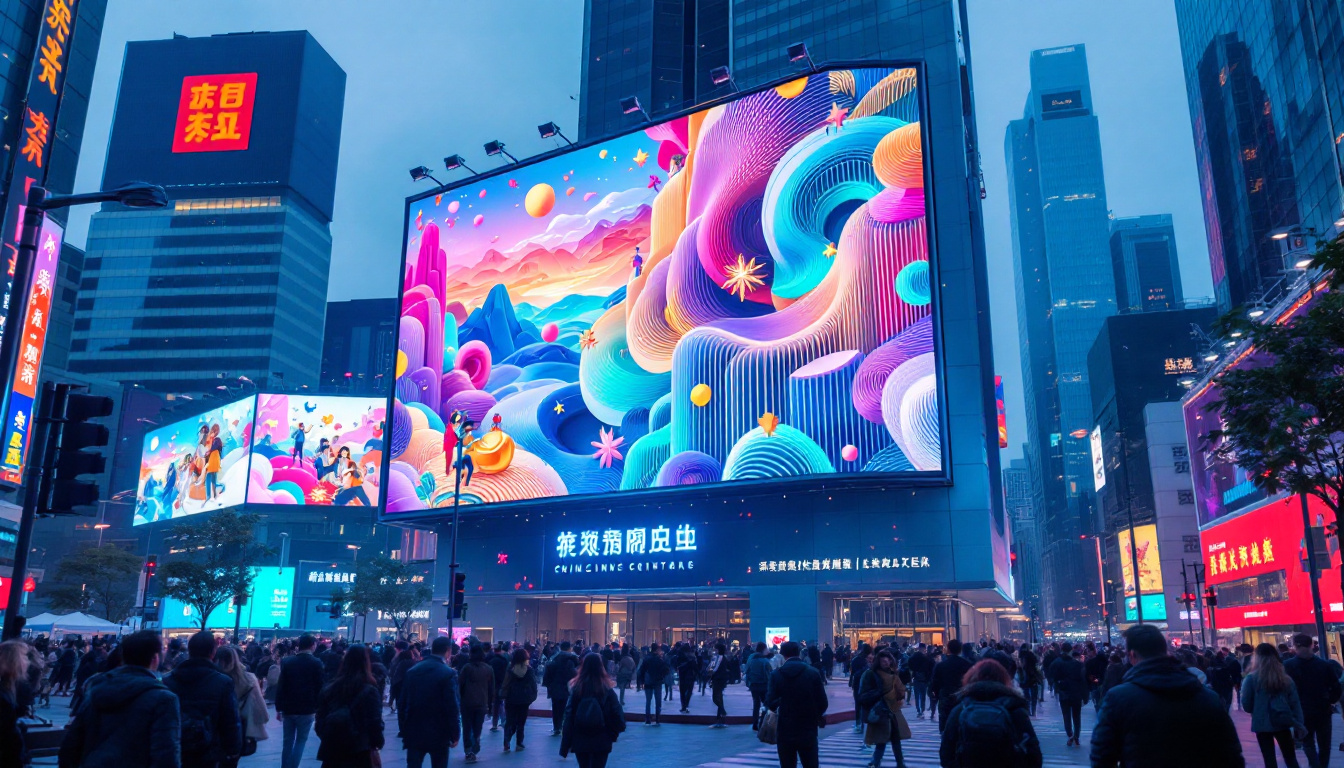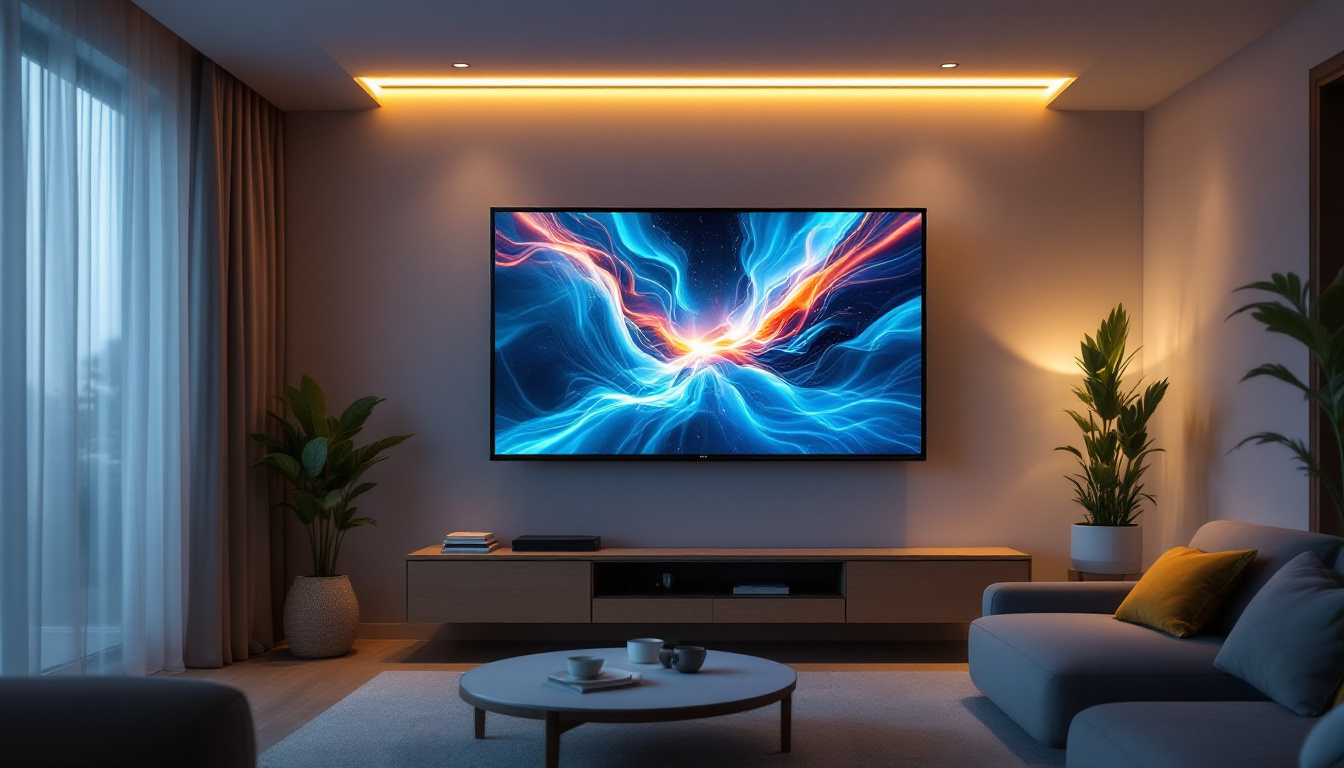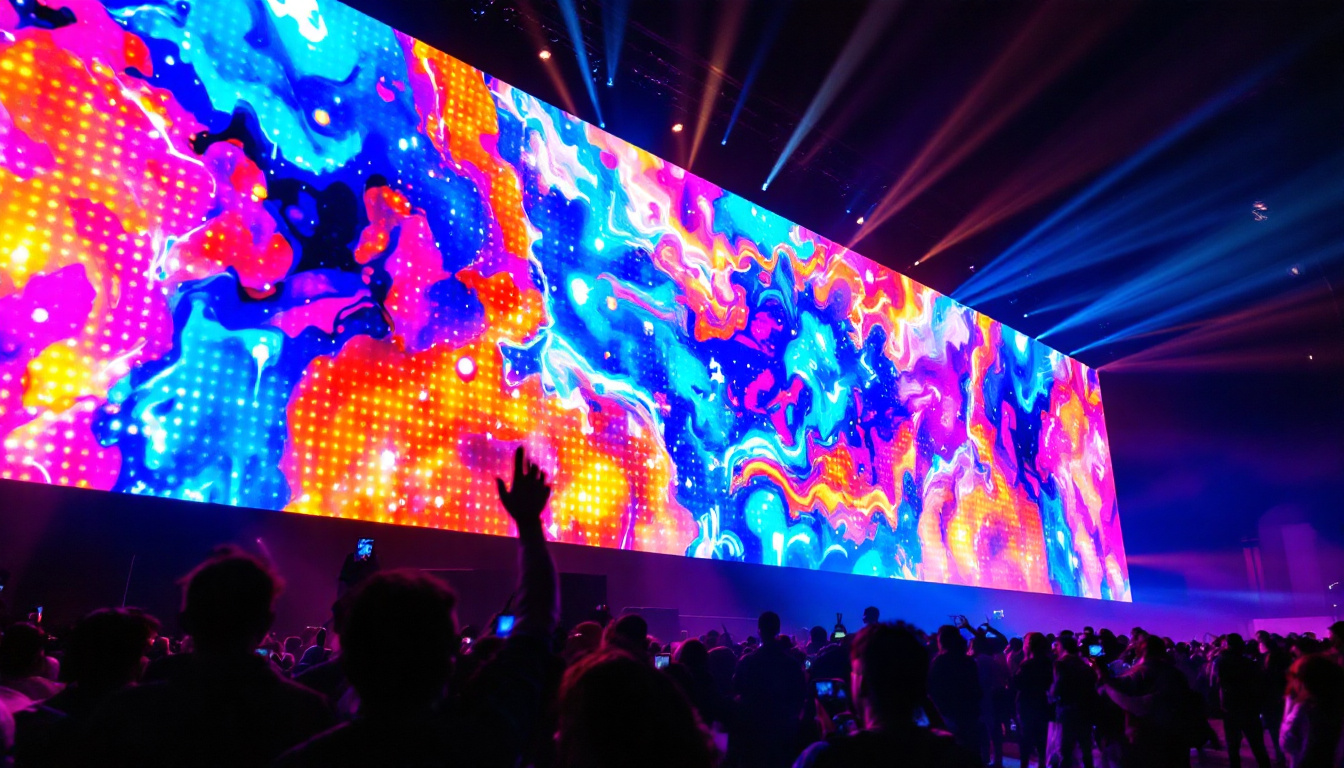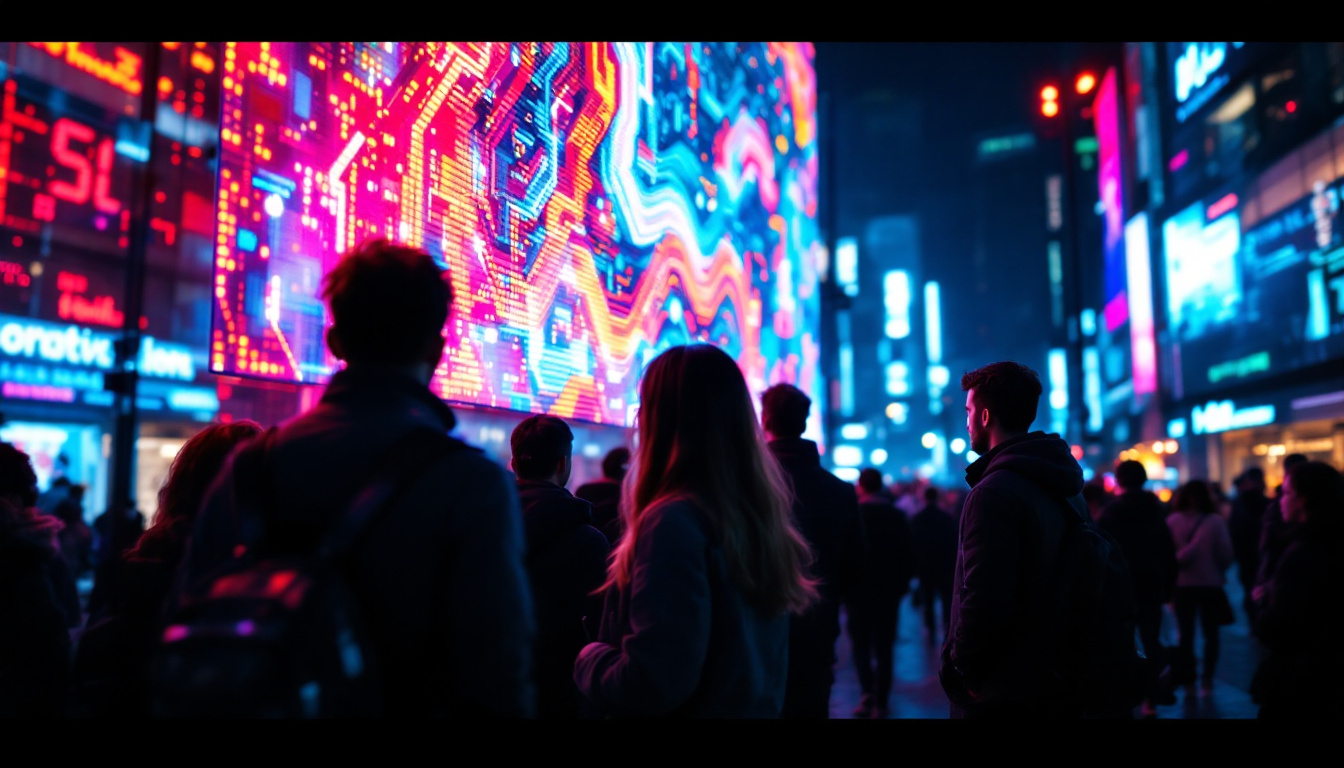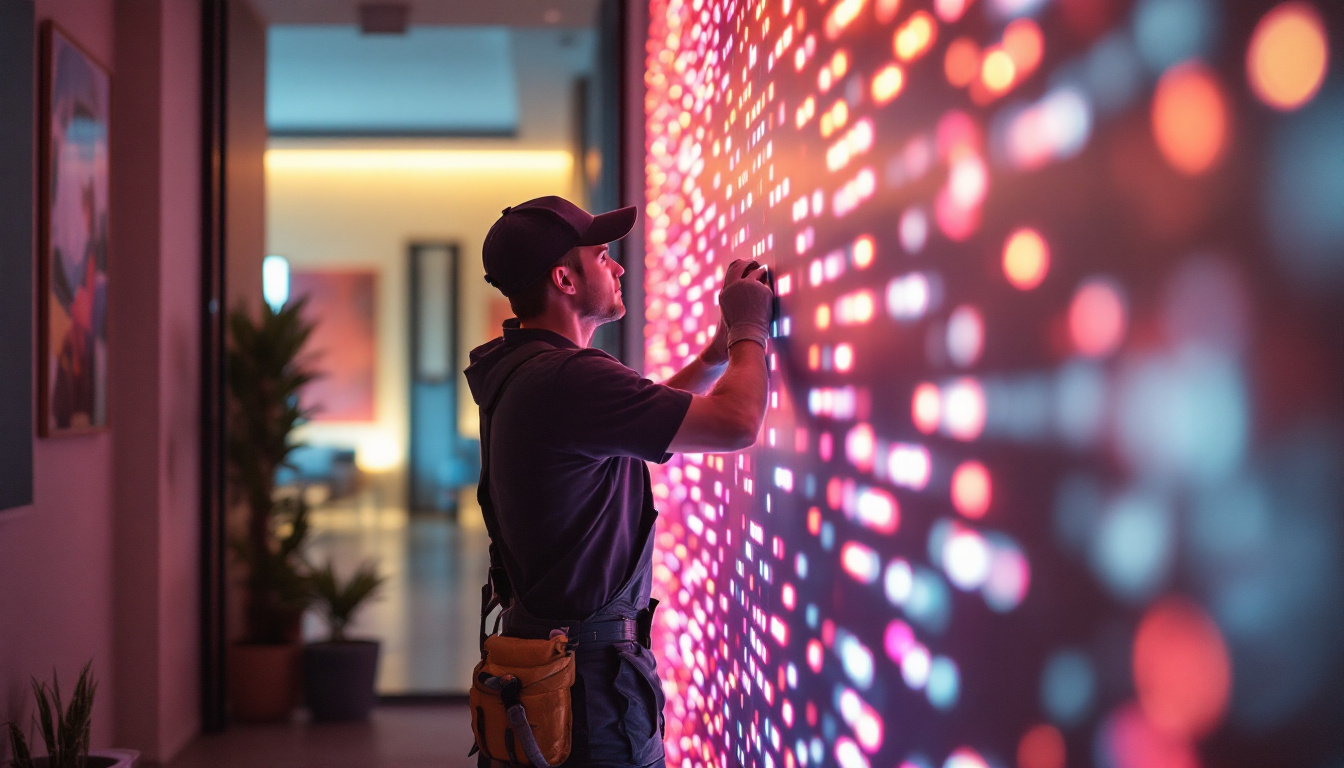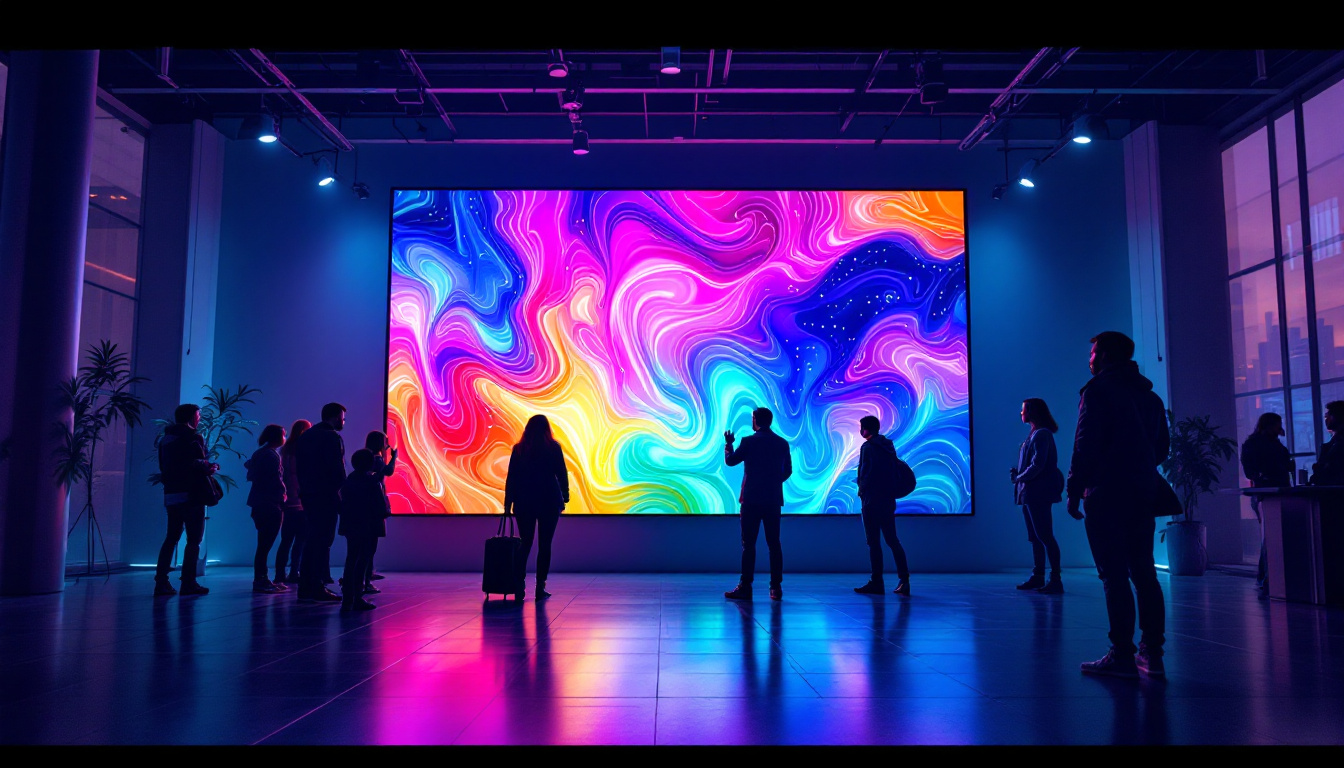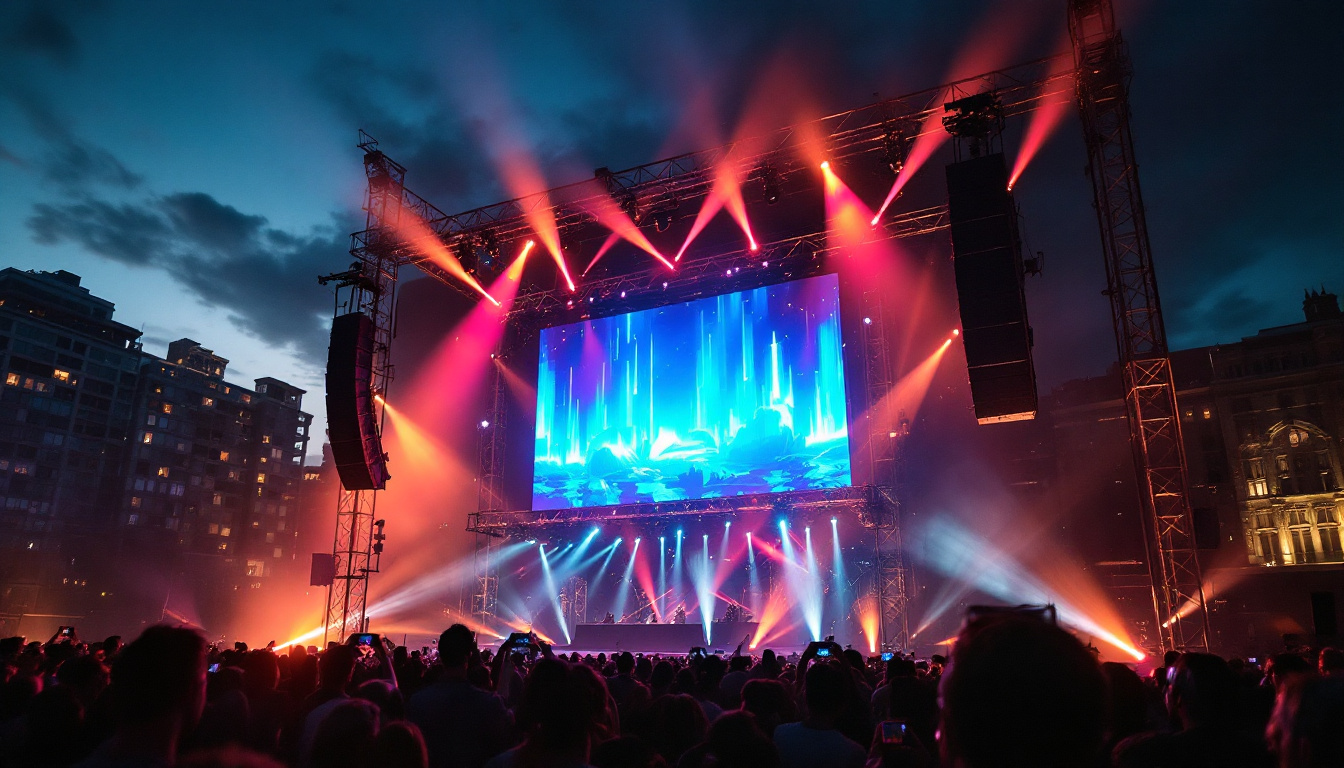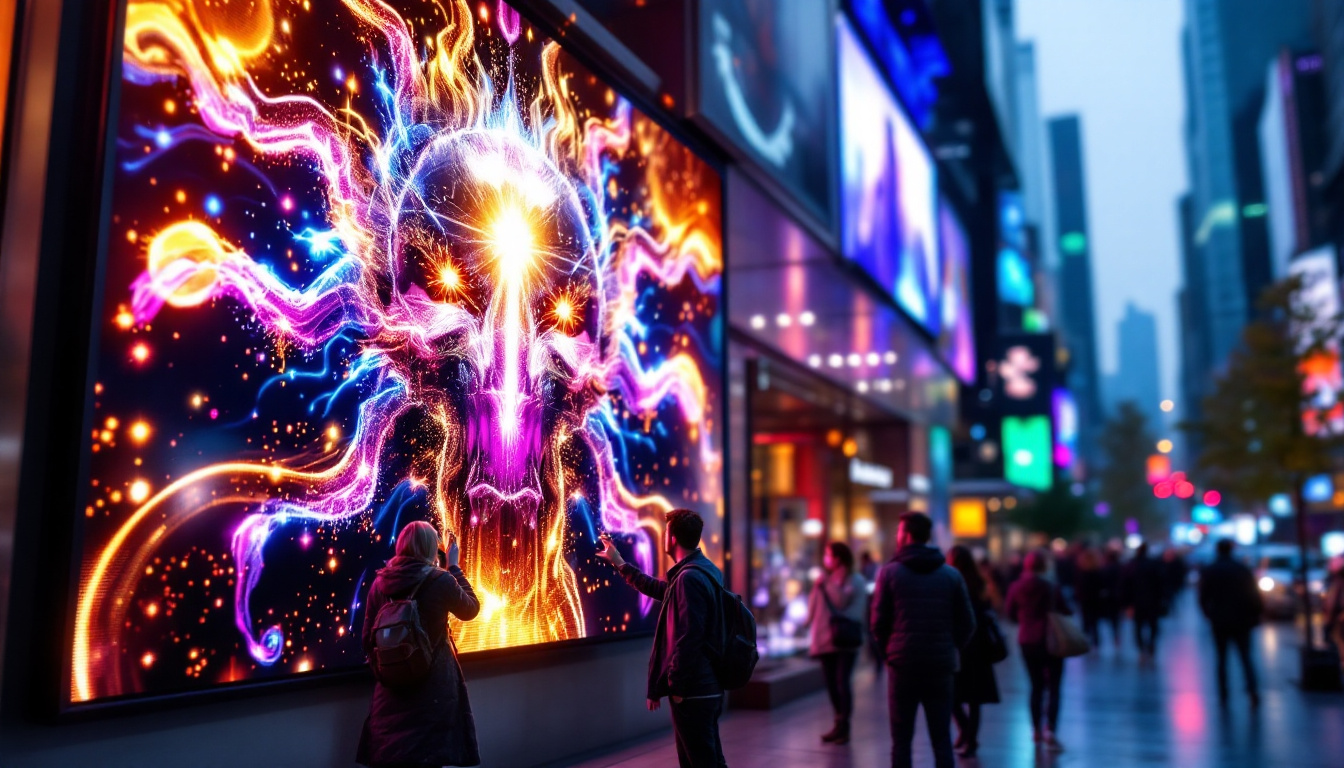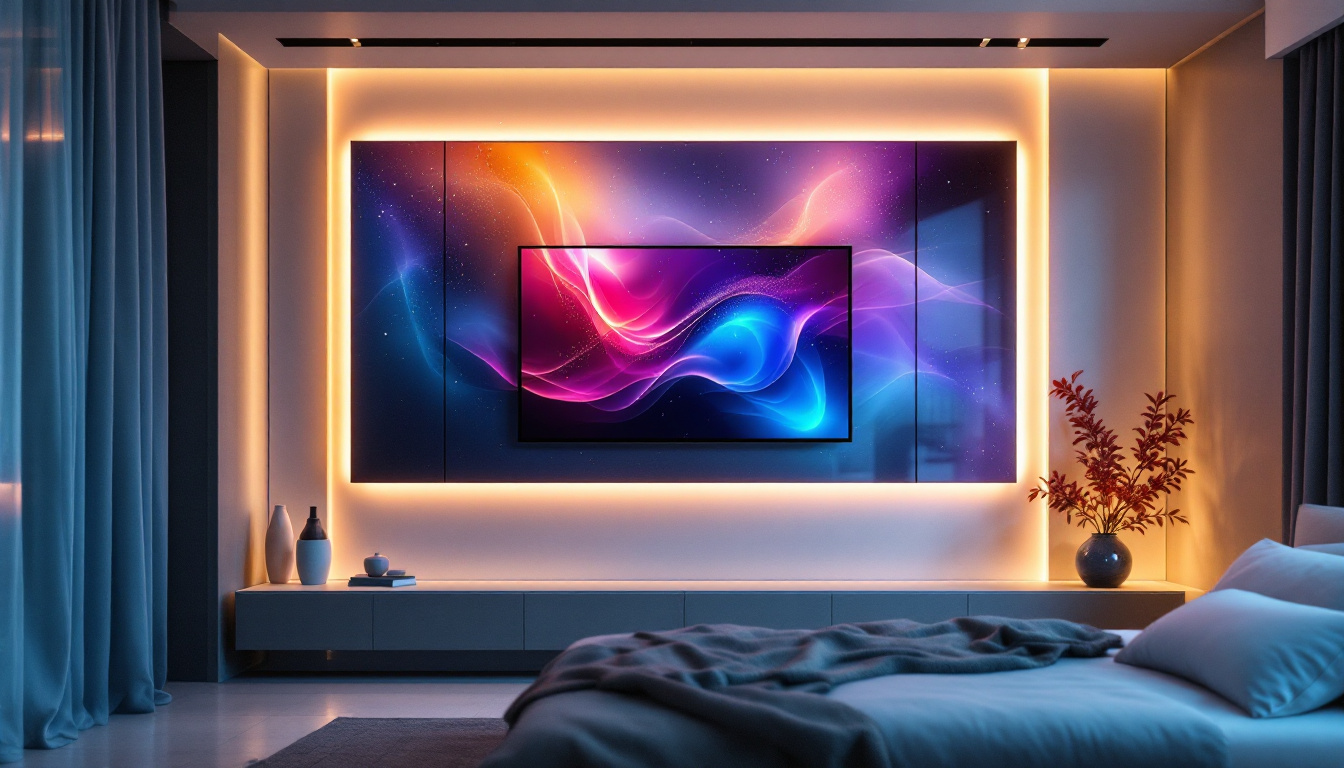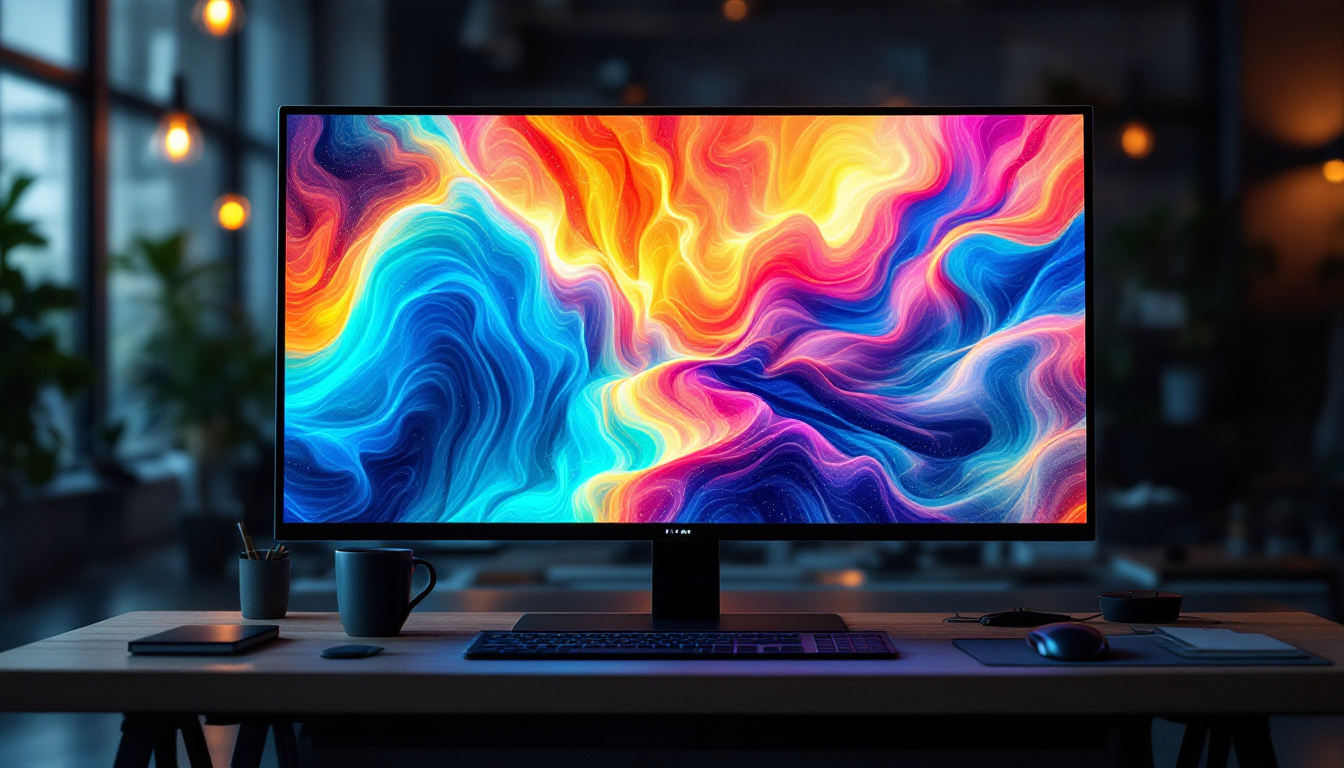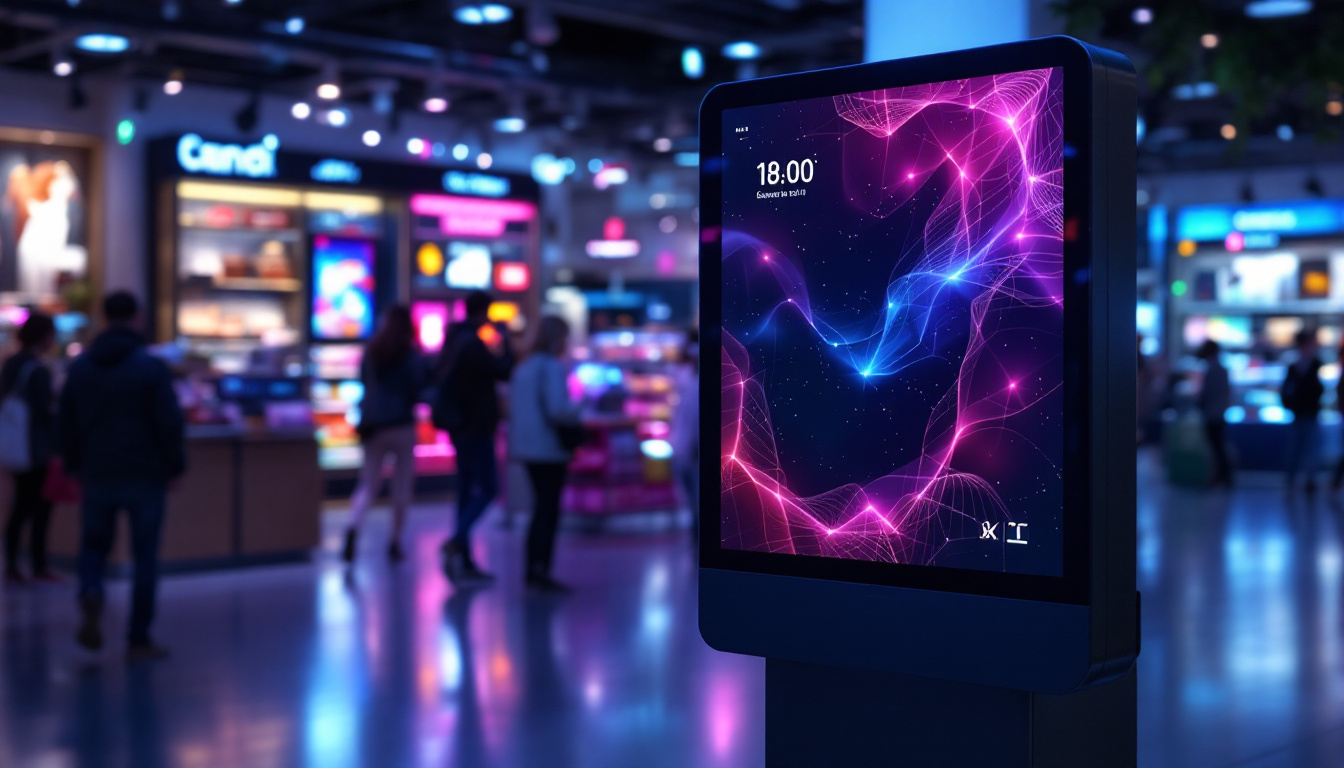In the competitive landscape of modern business, effective communication with potential customers is essential. One of the most impactful ways to convey messages is through signage, particularly portable outdoor signs. Among these, LED displays have emerged as a popular choice due to their versatility, visibility, and dynamic content capabilities. This article delves into the advantages of LED displays, their applications, and considerations for businesses looking to invest in portable outdoor signs.
Understanding LED Displays
LED (Light Emitting Diode) displays are electronic signs that utilize LED technology to produce bright, colorful images and text. Unlike traditional signage, which is often static, LED displays can change messages and visuals in real-time, making them an engaging option for businesses. Their versatility and dynamic nature have made them increasingly popular in various sectors, from retail to entertainment, allowing for a more interactive experience for consumers.
How LED Displays Work
LED displays consist of numerous tiny diodes that emit light when an electric current passes through them. These diodes are arranged in a grid, allowing for the creation of images and text by controlling the intensity of each diode. The result is a vibrant display that can be seen from a distance, making it ideal for outdoor use. The technology behind these displays has evolved significantly, leading to advancements such as higher resolution and improved energy efficiency, which further enhance their appeal.
These displays can be programmed to show various types of content, including advertisements, announcements, and even animations. This flexibility allows businesses to tailor their messaging to different audiences and occasions, maximizing engagement. Moreover, with the integration of smart technology, LED displays can now be synchronized with social media feeds or live data, providing real-time updates that capture the attention of passersby.
Types of LED Displays
There are several types of LED displays available, each suited for different applications. Some of the most common types include:
- Single Color Displays: These displays typically show one color and are often used for simple messages, such as open/closed signs.
- Full Color Displays: Capable of displaying a wide range of colors, these displays are perfect for dynamic advertising and can showcase images, videos, and animations.
- Mobile LED Displays: These portable units can be easily transported and set up at various locations, making them ideal for events or promotions.
In addition to these common types, there are also specialized LED displays designed for specific environments. For instance, indoor LED displays often feature a higher pixel density for sharper images, making them suitable for venues like theaters and conference rooms. On the other hand, outdoor LED displays are engineered to withstand harsh weather conditions, ensuring durability and longevity. Furthermore, advancements in technology have led to the development of transparent LED displays, which allow for creative applications in retail environments, enabling businesses to showcase products while maintaining visibility through the display.
Advantages of Portable LED Displays
Investing in portable LED displays offers numerous advantages for businesses. From increased visibility to enhanced customer engagement, these displays can significantly impact a company’s bottom line.
Enhanced Visibility
One of the most significant benefits of LED displays is their visibility. The bright lights and vibrant colors ensure that messages are seen, even in direct sunlight. This feature is particularly advantageous for businesses located in high-traffic areas, where capturing the attention of passersby is crucial.
Moreover, LED displays can be programmed to change messages frequently, allowing businesses to promote different products or services throughout the day. This dynamic approach keeps the content fresh and engaging, encouraging potential customers to stop and take notice. The use of animations and eye-catching graphics can further enhance the display’s effectiveness, making it a powerful tool for drawing in crowds and creating a memorable brand presence.
Cost-Effectiveness
While the initial investment in LED technology may be higher than traditional signage, the long-term benefits often outweigh the costs. LED displays are energy-efficient, consuming less power than other lighting options, which translates to lower electricity bills.
Additionally, the ability to update content digitally eliminates the need for printing and replacing physical signs, further reducing ongoing expenses. This cost-effectiveness makes LED displays a smart choice for businesses looking to maximize their marketing budgets. Furthermore, many LED displays have a long lifespan, often lasting over a decade with proper maintenance, which means businesses can enjoy years of advertising without the constant need for replacement or repair.
Versatile Applications
Portable LED displays are incredibly versatile and can be used in various settings. From retail stores and restaurants to trade shows and outdoor events, these displays can adapt to different environments and purposes.
Businesses can use LED displays for promotional campaigns, event announcements, or even as part of a larger marketing strategy. The ability to customize content allows businesses to tailor their messages to specific audiences, enhancing the effectiveness of their communication efforts. Additionally, these displays can be utilized for interactive purposes, such as engaging customers through QR codes or social media integrations, creating a more immersive experience that encourages participation and interaction. This adaptability not only maximizes the utility of the displays but also helps businesses stay ahead in an increasingly competitive market.
Considerations for Choosing LED Displays
When selecting a portable LED display, several factors should be considered to ensure that the investment aligns with business goals and needs.
Size and Resolution
The size and resolution of an LED display are critical factors that can impact visibility and effectiveness. Larger displays are more visible from a distance, making them suitable for high-traffic areas. However, the resolution should also be considered; higher resolution displays provide clearer images and text, which is essential for conveying detailed information.
Businesses should assess their specific needs and the typical viewing distance to determine the appropriate size and resolution for their LED display. A well-sized display can significantly enhance the overall impact of the signage. For instance, in environments like trade shows or outdoor festivals, a larger display with high resolution can attract more attention, effectively drawing in potential customers and enhancing brand visibility. Moreover, considering the pixel pitch is crucial; a smaller pixel pitch results in a sharper image, which is particularly beneficial for displays that will be viewed up close.
Weather Resistance
Since portable LED displays are often used outdoors, it is vital to choose models that are weather-resistant. Look for displays with an appropriate IP (Ingress Protection) rating, which indicates their ability to withstand dust and moisture.
Investing in a weather-resistant display ensures longevity and reliability, allowing businesses to utilize their signage in various weather conditions without worrying about damage. Furthermore, features like anti-glare screens can enhance visibility even in bright sunlight, making them ideal for outdoor events. Businesses should also consider the temperature range that the display can operate in, as extreme heat or cold can affect performance. By selecting a display designed to endure various environmental conditions, companies can maximize their investment and maintain consistent communication with their audience.
Ease of Use and Setup
Another important consideration is the ease of use and setup of the LED display. Look for models that offer user-friendly interfaces, allowing for quick content updates and adjustments. Additionally, consider the portability of the display; lightweight and compact designs make transportation and setup more manageable.
Businesses should also evaluate the support and resources provided by the manufacturer, including installation assistance and technical support. A reliable vendor can make a significant difference in the overall experience of using the display. Additionally, features such as remote control operation and mobile app integration can greatly enhance the user experience, allowing for real-time content changes without the need for physical access to the display. This flexibility is particularly beneficial for businesses that may need to update their messaging frequently, such as restaurants promoting daily specials or retailers announcing flash sales. By prioritizing ease of use, companies can ensure that their LED displays serve their intended purpose effectively and efficiently.
Best Practices for Using Portable LED Displays
To maximize the effectiveness of portable LED displays, businesses should adhere to best practices that enhance visibility and engagement.
Content Strategy
Developing a clear content strategy is essential for making the most of LED displays. The content should be concise, visually appealing, and relevant to the target audience. Use bold fonts, high-contrast colors, and engaging visuals to capture attention quickly.
Additionally, consider the timing and frequency of content updates. Regularly changing messages can keep the display fresh and encourage repeat viewers to stop and engage with the content.
Location and Placement
The placement of the LED display is crucial for visibility. Position the display in high-traffic areas where it can easily be seen by potential customers. Consider factors such as lighting, obstructions, and viewing angles when determining the ideal location.
Furthermore, ensure that the display is securely installed to prevent theft or damage. Portable displays should be anchored or weighted down, especially in outdoor settings where wind can pose a risk.
Monitoring and Maintenance
Regular monitoring and maintenance of the LED display are vital to ensure optimal performance. Check for any malfunctioning pixels, brightness issues, or other technical problems that may affect visibility.
Additionally, keeping the display clean and free from debris will enhance its appearance and effectiveness. Establish a routine maintenance schedule to address any issues promptly and ensure the display remains in top condition.
Conclusion
Portable outdoor LED displays are a powerful tool for businesses looking to enhance their visibility and engage with customers. With their vibrant colors, dynamic content capabilities, and cost-effectiveness, these displays offer a modern solution to traditional signage challenges.
By understanding the various types of LED displays, their advantages, and best practices for use, businesses can make informed decisions that align with their marketing goals. Investing in a high-quality portable LED display can lead to increased foot traffic, improved brand recognition, and ultimately, greater success in a competitive marketplace.
Discover LumenMatrix’s Innovative LED Display Solutions
Ready to elevate your business’s outdoor advertising and captivate your audience like never before? LumenMatrix is at the forefront of LED display technology, offering a wide array of solutions tailored to your unique needs. From eye-catching Indoor and Outdoor LED Wall Displays to dynamic Vehicle and Sports LED Displays, our products are designed to make your brand shine. Experience the future of visual communication with our LED Poster Displays, Floor LED Displays, and revolutionary All-in-One and Transparent LED Displays. Don’t miss the opportunity to transform your messaging with clarity and impact. Check out LumenMatrix LED Display Solutions today and watch your business light up the marketplace.

